In case you missed it, March is National Credit Education Month. While it’s nothing to celebrate in fireworks, it does bring up a subject that most millennials would rather avoid: credit. Specifically, debt and the infamous credit score.
So, let’s face it head-on. What’s Credit all about anyways?
Credit can mean a range of different things. But most often, when someone is talking about credit, it’s related to their ability to borrow money.
Experian describes Credit as, “the ability to borrow money or access goods or services with the understanding that you’ll pay later.”
There are several terms about credit you might be familiar with… a credit card and a score are two you’ve probably heard of before. We all know what a credit card is, but the credit score is not as easy.
The Infamous Credit Score
The credit score can feel like a daunting subject you might spend more time avoiding than anything. But when you break it down, it’s actually pretty easy to understand. It’s like a game. Here are the rules you’ll want to remember:
- Credit scores range from 300-850
- Lower score = “bad credit”. The lower the score, the more difficult it is to get a good loan (aka – the lender takes more risk to lend to you if you don’t have a good history).
- Higher score = “good credit”. A higher score usually means that it will be easier to get a good loan (aka the lender takes less risk because a higher score means you’ve been more responsible with handling debt).
Why is having a good credit score important? Well, it’s about more than just risk. A higher score makes it easier to buy a house, rent an apartment, buy a car, apply for a loan, etc. With a higher score, you can get better deals with lower interest, making it easier to save money and pay off any loans you do get.
Who Determines a Credit Score and How
Equifax, Experian, and TransUnion are the biggest bureaus determining credit scores. Each has its own method for determining a score. It may seem random, but here’s the break down:
- Payment history – 35%
- Do you pay your bills on time regularly?
- Debt to credit ratio – 30%
- Think: How much debt do I have compared to how much credit I have available to spend?
- How long you’ve been in the game – 15%
- A longer credit history, the more lenders like you.
- Types of accounts – 10%
- Lenders like to see variety (credit cards, loans, mortgages, etc.)
- Number of credit inquiries – 10%
- Opening a bunch of credit cards at once is not a good idea (no matter what the guy at that one seminar said).
But wait… how much money you have in the bank doesn’t influence your credit score? That’s right. Good news!
What’s Good and What’s… Not So Good
The exact difference between a good and bad score varies depending on the source. However, for the most part, a good score starts around 700 and a great credit score is 800 and above. Here’s how Experian breaks it down:
- Great – 800-850
- Very Good – 740-799
- Good – 670-739
- Fair – 580-669
- Poor – 300-579
How to Check Your Score
Your credit score doesn’t have to be a scary subject you’re afraid to touch. In fact, knowledge is power! And knowing what your credit score is right now is HUGE! Plus, you can actually check your score for free from a variety of sources. What was once difficult is now easy, thanks to the Internet. Experian lets you check your FICO credit score for free, and other sites like Credit Karma help you track it throughout the year.
The best part about all of this is that you don’t have to go at it alone. If you are looking for support from other women working through their finances, I got you covered. Join the Raise Your Worth Money Challenge for the money mindset support you need.
